Riverview’s Top Choice: Fast, Safe Wall and Ceiling Drying – Save Now!
Are you struggling with mold-infested walls and ceilings in your Riverview home? Say goodbye to unsi…….
Riverview Wall and Ceiling Drying: A Comprehensive Analysis
Introduction
Water damage in buildings can be a costly and time-consuming problem, leading to structural issues, mold growth, and potential health hazards. Riverview Wall and Ceiling Drying is a specialized drying technique employed to efficiently dry out wet walls and ceilings, thereby mitigating the damage and preventing further complications. This article delves into the intricacies of this drying process, its global impact, economic considerations, technological advancements, policy frameworks, challenges, case studies, and future prospects. Readers will gain a thorough understanding of Riverview Wall and Ceiling Drying and its significance in the broader context of property restoration and conservation.
Understanding Riverview Wall And Ceiling Drying
Riverview Wall and Ceiling Drying is a method that involves the controlled removal of moisture from wet building materials. It combines advanced drying equipment with strategic ventilation to restore buildings affected by water damage. The core components include dehumidifiers, air movers, heaters, and monitoring instruments to track progress. This technique is crucial in various scenarios, such as after flooding, plumbing leaks, or firefighting efforts where water has been used extensively.
Historically, the approach to drying out buildings was less systematic, often relying on natural ventilation. However, advancements in technology and a better understanding of drying science have led to more effective methods like Riverview. It plays a vital role in minimizing downtime for businesses and reducing the long-term costs associated with water damage.
Global Impact and Trends
The impact of Riverview Wall and Ceiling Drying is felt worldwide, as water damage is a universal concern for both residential and commercial properties. The technique’s effectiveness has led to its adoption across various regions, each presenting unique challenges due to climate, humidity levels, and building materials. For instance, regions with high humidity must account for longer drying times, while areas with colder climates may require additional heating to achieve optimal drying conditions.
Key trends shaping the trajectory of Riverview include the integration of smart technology for monitoring and adjusting drying parameters in real-time, the development of more energy-efficient equipment, and the increasing use of environmentally friendly drying agents. As global awareness of sustainable practices grows, so too does the demand for eco-friendly drying methods.
Economic Considerations
The economic aspects of Riverview Wall and Ceiling Drying are multifaceted. It represents a significant industry with substantial investment in equipment, training, and research. Market dynamics are influenced by factors such as regional differences in property values, construction practices, and insurance coverage.
Riverview drying contributes to the economic systems by reducing the overall cost of water damage repair. It minimizes business interruption, prevents long-term structural problems, and reduces healthcare costs associated with mold exposure. The industry also generates employment opportunities for technicians trained in the Riverview method.
Technological Advancements
Technological advancements have been pivotal in enhancing the efficiency and effectiveness of Riverview Wall and Ceiling Drying. Innovations such as smart sensors, moisture meters, and advanced drying machines have revolutionized the process. These technologies enable precise monitoring and control, leading to faster drying times and improved outcomes.
Future potential includes the development of autonomous systems that can adapt to changing conditions without human intervention. There is also ongoing research into materials with improved water resistance and drying characteristics, which could further minimize damage and reduce restoration costs.
Policy and Regulation
A range of policies and regulations governs Riverview Wall and Ceiling Drying practices. These include building codes, occupational safety standards, environmental regulations, and insurance industry guidelines. Compliance with these frameworks ensures that drying processes are safe, effective, and sustainable.
Regulatory bodies play a key role in setting the standards for training and certifying professionals in the field. These standards help maintain high levels of professionalism and ensure that consumers receive quality services.
Challenges and Criticisms
Despite its advantages, Riverview Wall and Ceiling Drying face challenges such as ensuring consistent quality across different service providers, managing environmental concerns related to energy consumption and chemical usage, and addressing the immediate needs of properties affected by catastrophic events.
Criticisms often center around the potential for overuse or misuse of the technique, leading to unnecessary costs. To overcome these issues, the industry must focus on standardization, transparency in pricing, and continuous education for professionals.
Case Studies
Several case studies demonstrate the successful application of Riverview Wall and Ceiling Drying. One notable example is the restoration efforts following a major storm in the Midwest, where the technique was instrumental in saving numerous historic buildings. Another case involved a large commercial facility where quick response using Riverview methods minimized downtime and salvaged valuable inventory. These studies provide valuable lessons on best practices and the importance of early intervention.
Future Prospects
The future for Riverview Wall and Ceiling Drying is promising, with potential growth areas including increased adoption in high-humidity climates and the integration of predictive analytics to forecast drying needs more accurately. The industry will continue to evolve with a focus on sustainability, efficiency, and innovation.
As building materials and technologies advance, so too will the methods used for water damage restoration. The Riverview approach will likely become even more refined, with new techniques and tools emerging to meet the challenges of a changing world.
Conclusion
Riverview Wall and Ceiling Drying is a dynamic and evolving field that plays a critical role in property restoration following water damage. Its global impact, economic significance, technological advancements, policy frameworks, and potential for future growth make it an essential component of the construction and restoration industry. As we continue to learn and adapt, the Riverview method will remain at the forefront of effective and sustainable building drying practices.

Are you struggling with mold-infested walls and ceilings in your Riverview home? Say goodbye to unsi…….
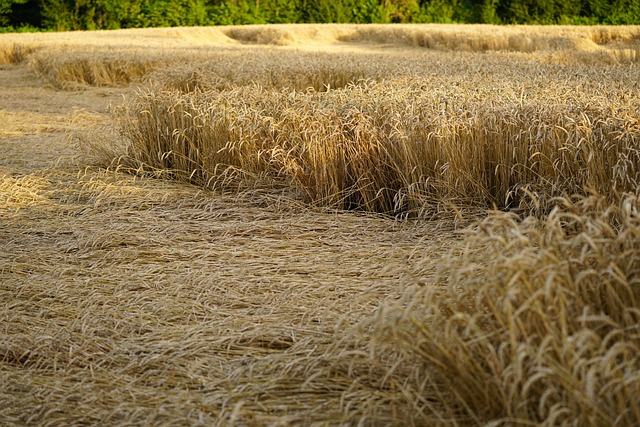
Are you a Riverview resident dealing with unsightly black mold on your walls and ceilings? The poten…….
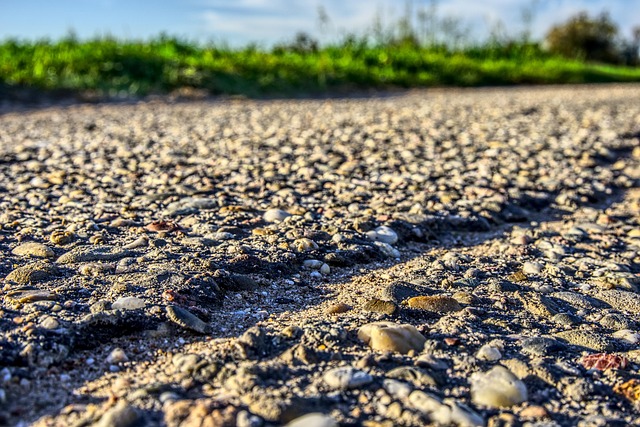
Are you facing water damage in your Riverview home? Don’t let it fester and cause costly repairs lat…….
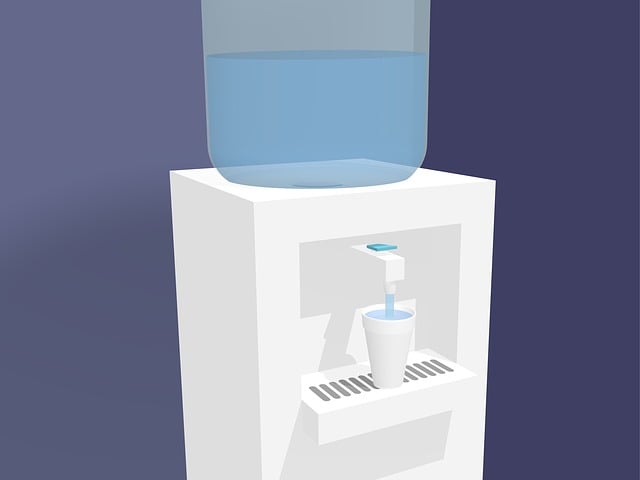
Are you a Riverview resident dealing with unsightly and harmful black mold on your walls and ceiling…….

Are you tired of dealing with wet walls and ceilings in your Riverview home? It’s time to breathe ea…….
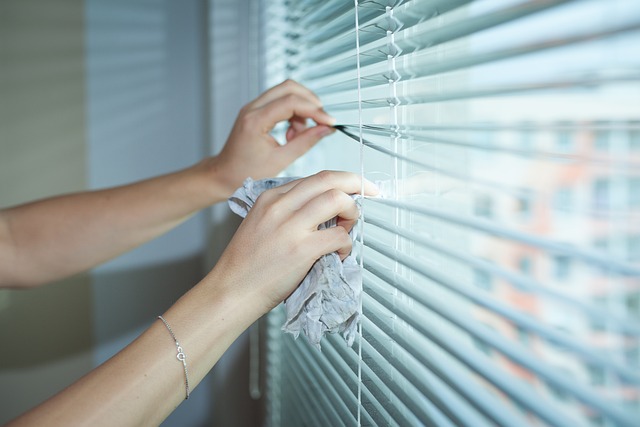
Are you dealing with the stress of black mold damage in your Riverview home? Don’t worry, we’ve got…….
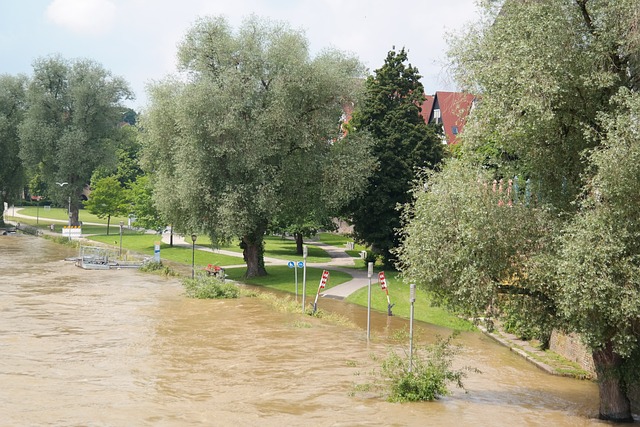
Are you a Riverview resident facing water damage to your walls and ceilings? The dilemma of restorat…….
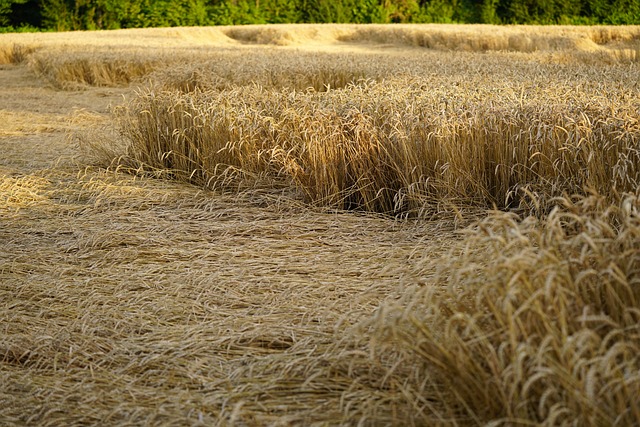
Are you tired of dealing with annoying ceiling water leaks in your Riverview home? Say goodbye to da…….

Are you tired of dealing with damp, musty walls and ceilings in your Riverview home? It’s time to sa…….

Are you tired of leaky ceilings causing damage and wasting money? Look no further! Our specialized t…….